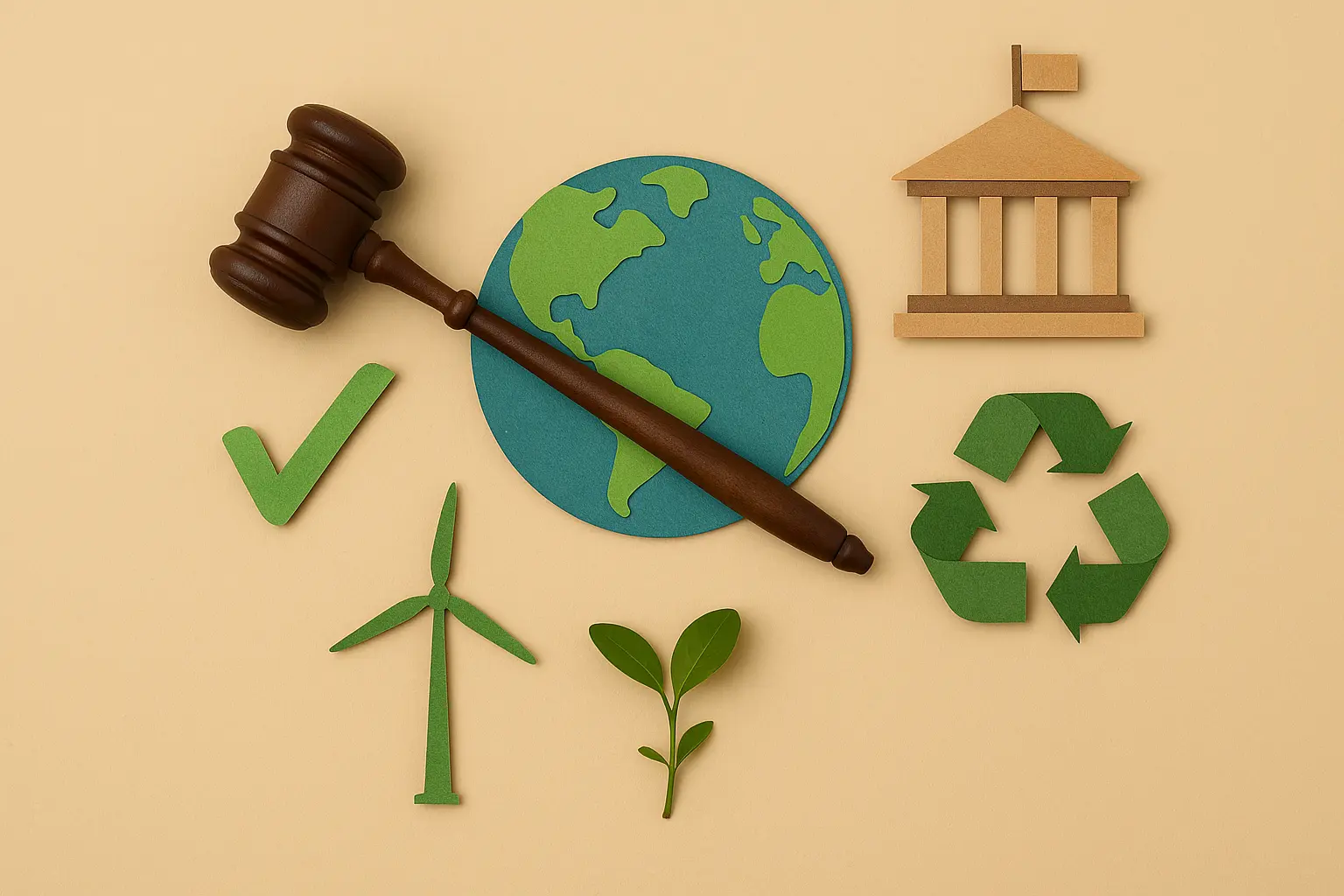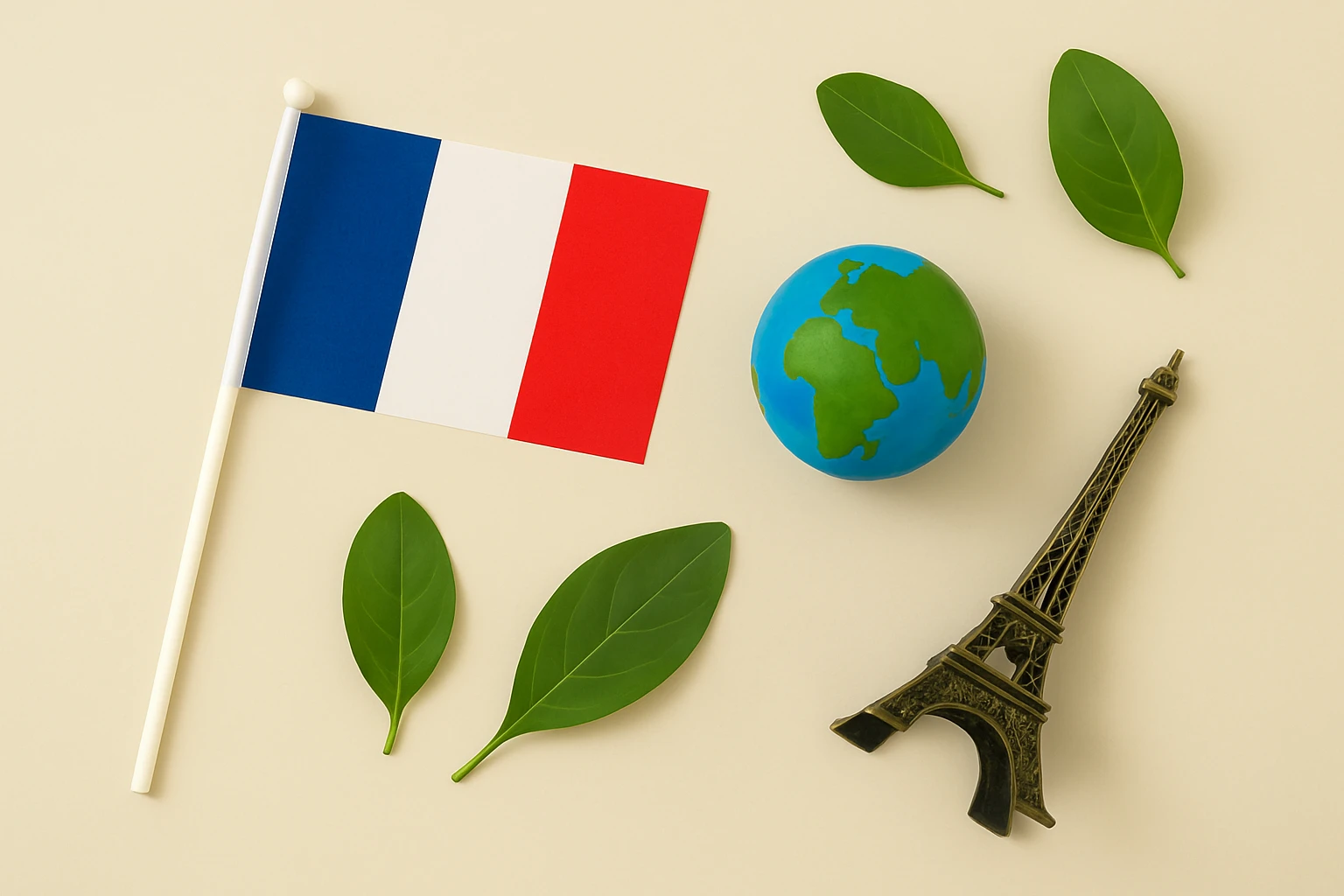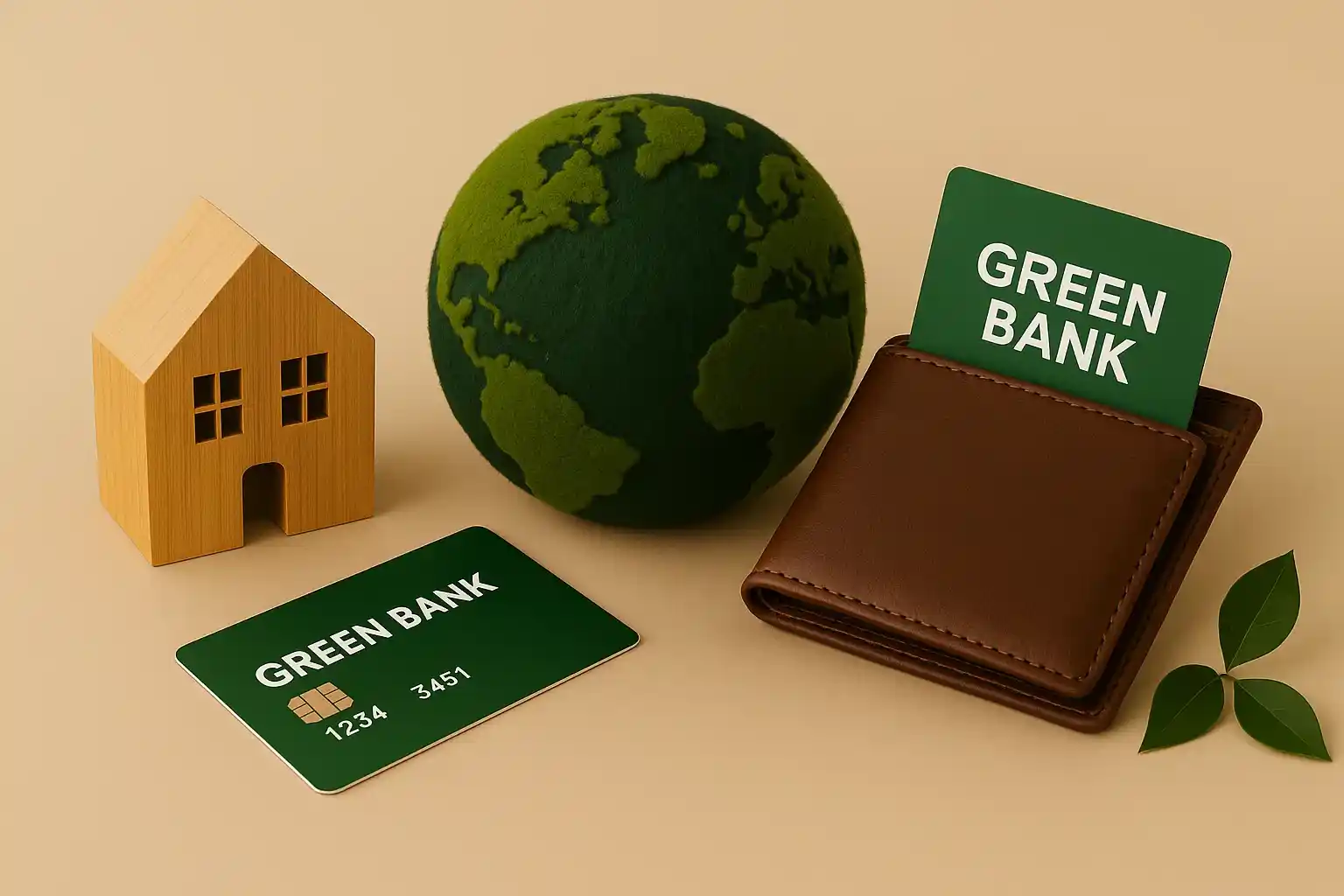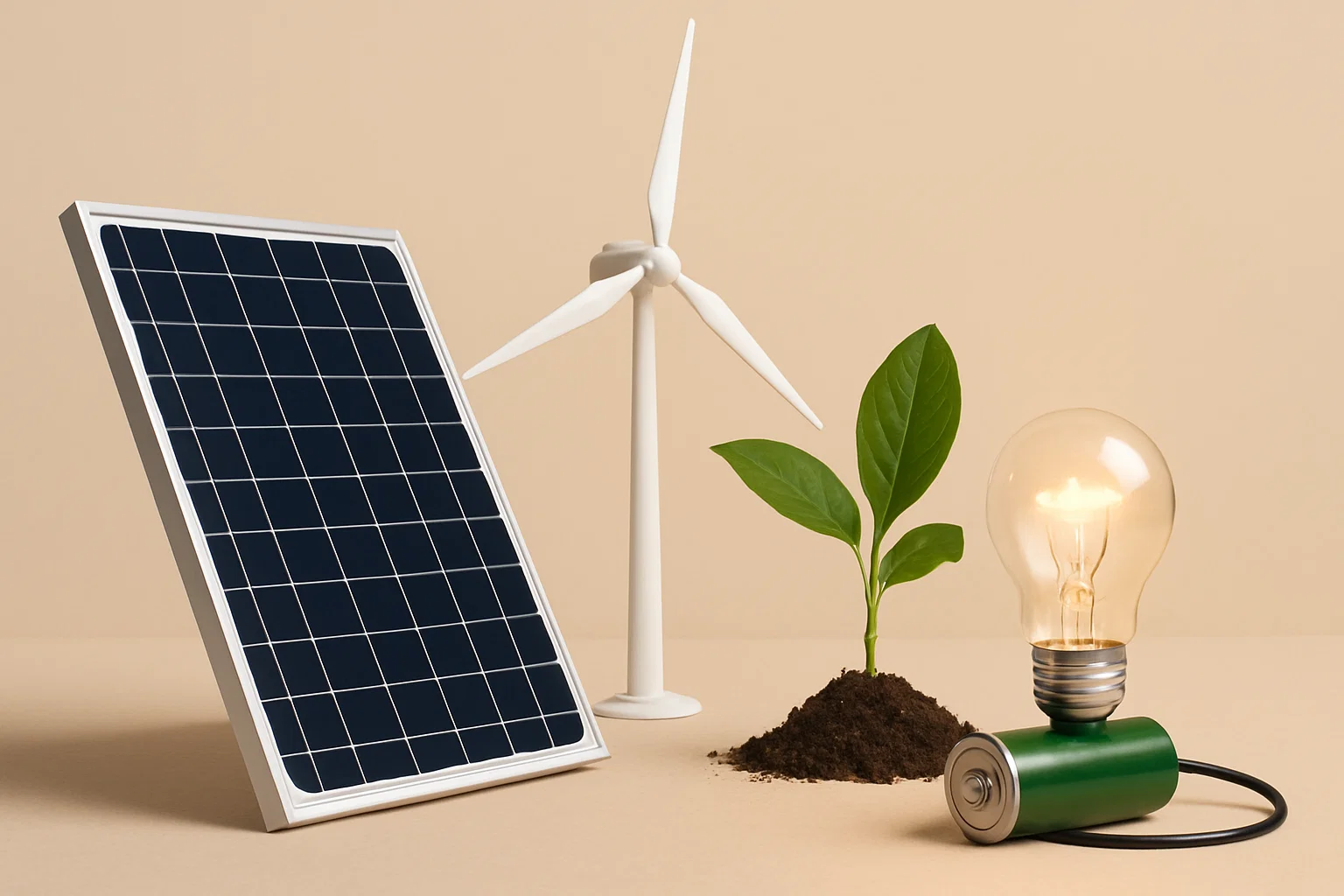Fixing the Packaging Problem: Embracing Circular Solutions to Combat Plastic Waste

The ubiquitous presence of plastic packaging in our modern lives is undeniable. From the food we consume to the products we purchase, nearly everything seems to be encased in layers of plastic, often designed for single use and destined for a fleeting existence before entering the waste stream. This pervasive reliance on plastic packaging has become a leading cause of landfill overflow and the alarming pollution of our marine and terrestrial ecosystems. Recognizing the severity of this environmental crisis, a growing global movement is advocating for a fundamental shift away from our linear "take-make-dispose" model towards a more circular economy, one where resources are valued, waste is minimized, and innovative solutions for packaging are prioritized.
The environmental consequences of plastic packaging are extensive and far-reaching. The production of plastic relies heavily on fossil fuels, a non-renewable resource, and the manufacturing process contributes significantly to greenhouse gas emissions. Due to its inherent durability and non-biodegradable nature, plastic packaging persists in the environment for centuries, breaking down into microplastics that contaminate our soil, water, and even the air we breathe. The sheer volume of plastic packaging produced and discarded annually is staggering, overwhelming our waste management systems and posing a significant threat to wildlife and human health. Recognizing this unsustainable pattern, a concerted effort involving individuals, businesses, and policymakers is crucial to address the root causes of the plastic packaging problem and transition towards more circular and sustainable solutions.
Fortunately, a range of promising alternatives and policy frameworks are emerging that offer viable pathways to fix our broken packaging system. By embracing compostable packaging that breaks down naturally, implementing Extended Producer Responsibility (EPR) schemes that hold producers accountable for the end-of-life management of their packaging, and fostering the widespread adoption of refill models that prioritize reuse over single use, we can collectively move towards a circular economy where packaging is designed for sustainability and waste is minimized at every stage. These solutions align with the principles of a more mindful and environmentally responsible approach to consumption and resource management.
Towards a Circular System: Innovative Solutions for the Packaging Problem
Moving beyond our current linear model requires a multi-pronged approach that encompasses material innovation, producer accountability, and a fundamental shift in consumer habits:
Compostable Packaging: Designing for Biological Recycling
Compostable packaging, made from plant-based materials like cornstarch, sugarcane, or seaweed, offers a promising alternative to traditional plastics. Designed to break down naturally in composting environments, this type of packaging can divert organic waste from landfills and return valuable nutrients to the soil. While the infrastructure for widespread industrial composting is still developing, supporting the adoption of compostable packaging for food and other goods represents a significant step towards a more circular system where packaging has a beneficial end-of-life scenario.
Extended Producer Responsibility (EPR): Holding Producers Accountable
Extended Producer Responsibility (EPR) is a policy approach that holds producers accountable for the environmental impact of their products throughout their entire lifecycle, including the post-consumer stage. By shifting the responsibility for the collection, sorting, and recycling or disposal of packaging to the companies that produce it, EPR schemes incentivize producers to design packaging that is more easily recyclable, uses less material, and is less harmful to the environment. Supporting and advocating for strong EPR policies can drive systemic change in how packaging is designed and managed. Organizations like the League of Conservation Voters and Vote Earth Now often advocate for such policy changes.
Refill Models: Prioritizing Reuse Over Single Use
Refill models offer a fundamental shift away from single-use packaging by encouraging the reuse of containers. This can take various forms, from refill stations for household cleaning and personal care products to deposit-return schemes for beverage containers. By making it convenient and cost-effective for consumers to refill and reuse containers, we can significantly reduce the demand for new packaging production and minimize waste. Supporting businesses that implement refill models and advocating for policies that encourage their widespread adoption are crucial steps towards a more circular economy. EarthDay.org often promotes initiatives focused on reducing single-use plastics and supporting refill systems.
Embracing a Circular Future: Collective Action for Packaging Reform
Fixing the packaging problem requires a collaborative effort involving consumers, businesses, and policymakers. By supporting compostable packaging, advocating for EPR policies, and embracing refill models, we can collectively drive the transition towards a more circular and sustainable system where packaging is no longer a leading cause of environmental pollution.
Related Blogs

Glimmers of Progress: Ten Policy Victories That Advanced Planetary Health in the Past Year
Insights on how environmental policy affects you (even if you don’t vote) in a sustainable way.

Decoding the Global Commitment: A Breakdown of the Paris Agreement and the Path Forward
Insights on a breakdown of the paris agreement (and what’s next) in a sustainable way.

Ban the Bag: Choosing Reusable Alternatives to Single-Use Plastic Carry Bags
Support local bans and global reduction by opting for cloth, jute, or foldable reusable bags.

Bank for a Better Future: Choosing Ethical Finance to Power a Cleaner Planet
Finance a cleaner planet by opting for ethical banks, green investment funds, and impact fintech.

Beyond the Ban: Navigating the Post-Plastic Bag Landscape Towards True Sustainability
Insights on banning plastic bags in a sustainable way.

Powering Change: Choosing Clean Energy Alternatives to Conventional Sources
Align with energy transition policies by opting for green providers, solar, or co-operatives.
Stay in the Loop
Get tips and insights tailored to your interests — no spam, just sustainability.